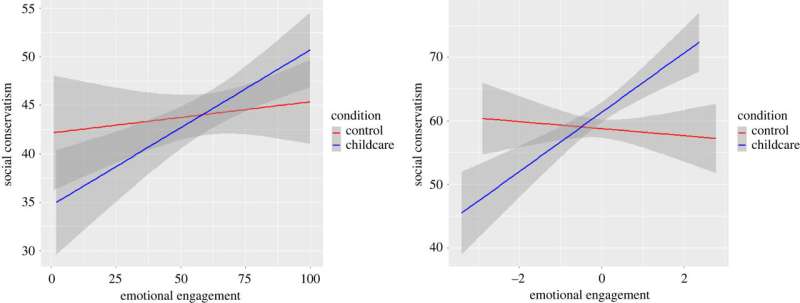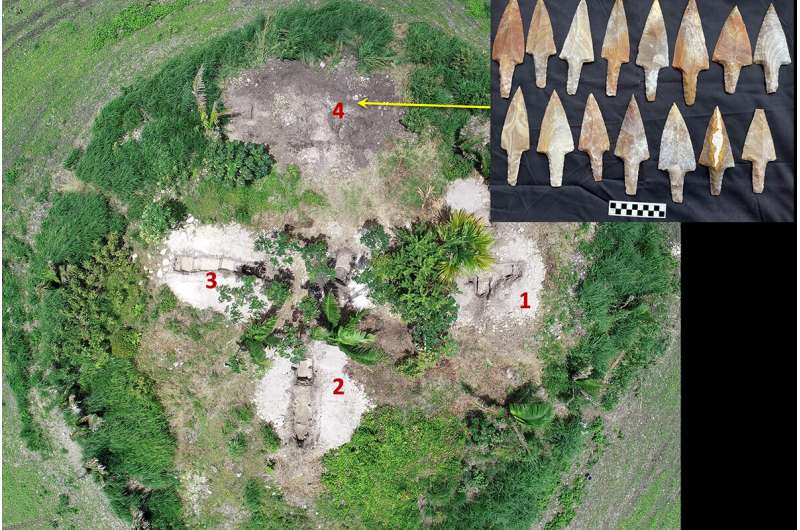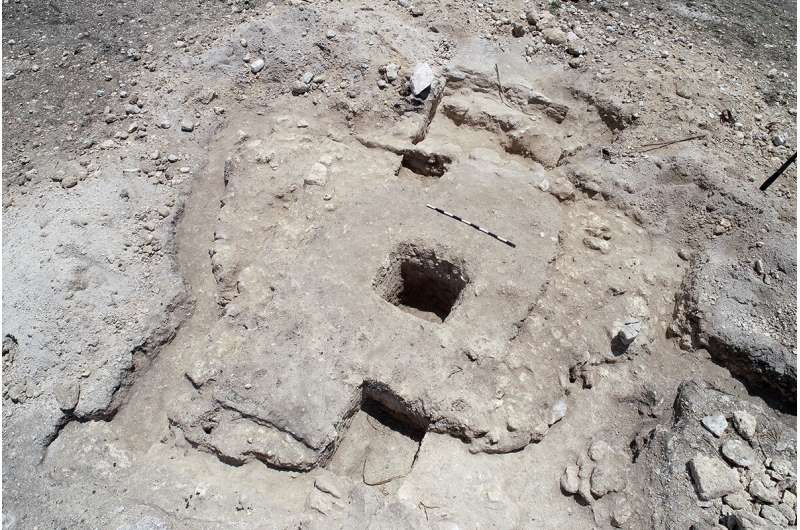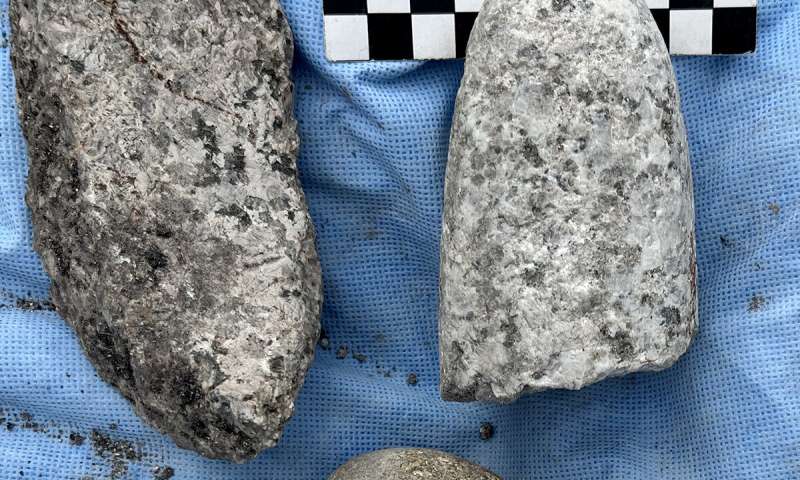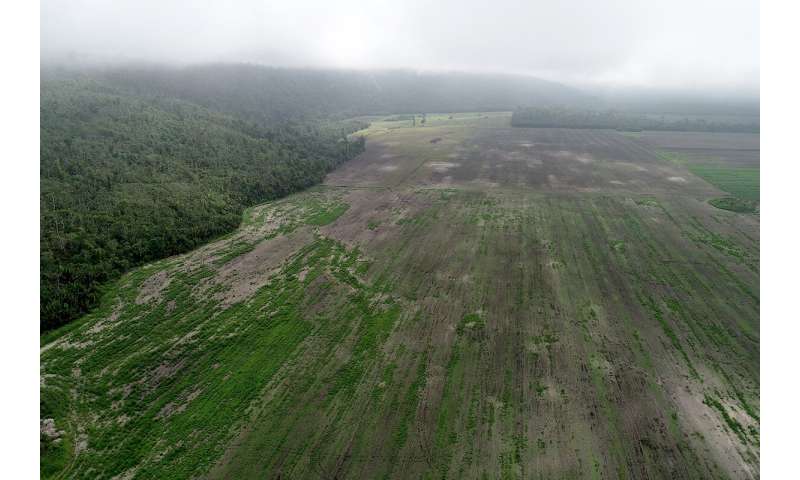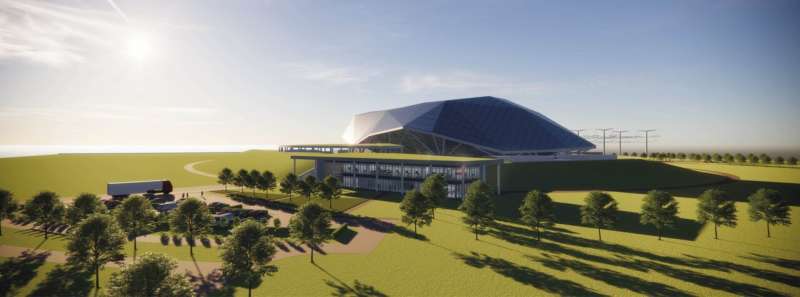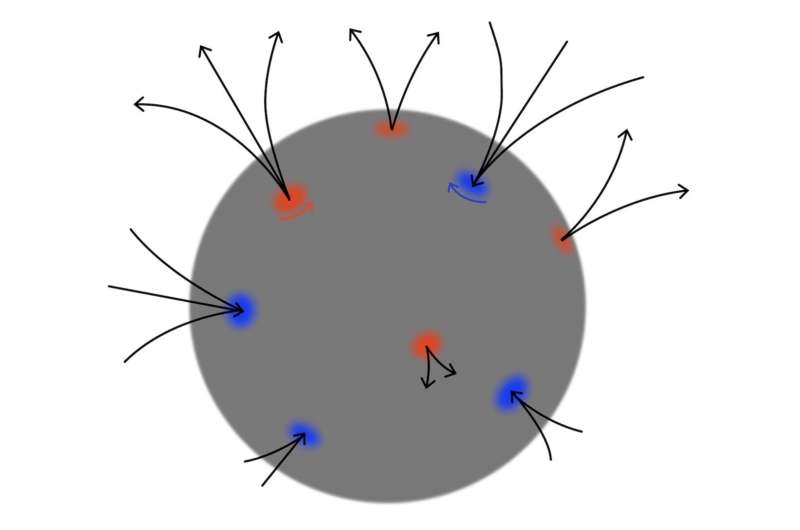Issued on: 11/09/2022 -
New York (AFP) – Ons Jabeur insisted she had "no regrets" after losing to Iga Swiatek in the US Open final as she targeted the Pole's world number one ranking next year.
Jabeur's 6-2, 7-6 (7/5) loss on Saturday was her second successive defeat in a Grand Slam final after also coming off second best at Wimbledon in July.
"I have nothing to regret because I did everything possible," said Jabeur, who will return to number two in the world on Monday.
Swiatek remains comfortably in the rankings' top slot with twice as many points.
The 28-year-old Jabeur, however, is already drawing up a battle plan for 2023.
At the Australian Open, she will have no points to defend having missed the 2022 tournament before she suffered a shock first round exit at the French Open.
Despite being the Wimbledon runner-up, ranking points were stripped from the event by the WTA after the All England Club banned Russian and Belarusian players.
"Points-wise, I don't have defending points in Australia, in French Open, in Wimbledon, which is good. It's a good thing. I'm definitely going for the No. 1 spot," said Jabeur.
"I still have the Masters (WTA Finals in Fort Worth). I will maybe show myself there and build more confidence to really get ready for the next season because I feel like I have a lot to show."
Jabeur, a late bloomer on the tour having still been outside the top 30 at the end of 2020, believes history shows that time remains on her side when it comes to her Grand Slam future.
It took her until she was 26 to capture a maiden WTA title in 2021 at Birmingham, adding Madrid and Berlin trophies this year.
"I struggled to win my first WTA title. It took me time," she added.
"So I believe this will take me time. The most important thing is accepting it, learning from the finals that I lost.
"But I'm not someone that's going to give up. I am sure I'm going to be in the final again and I will try my best to win it."
In the meantime, Jabeur acknowledged that 21-year-old Swiatek, who now has three Grand Slam titles after also winning the French Open in 2020 and this year, is the sport's most formidable force.
Swiatek has 10 career titles. She has won her last 10 finals without dropping a set.
"Physically she's everywhere. It will always be great to compete against Iga," said Jabeur.
"I was joking when I said I don't like her. I'll forgive her when she gives me a Rolex or something!"
© 2022 AFP
Issued on: 11/09/2022 -
New York (AFP) – Iga Swiatek believes "the sky is the limit" after she crowned her rise to the pinnacle of women's tennis with a third Grand Slam title at the US Open on Saturday.
The 21-year-old Polish world number one claimed her second Grand Slam title of 2022 at Flushing Meadows, defeating Tunisia's Ons Jabeur 6-2, 7-6 (7/5).
It was the latest staging post on a dazzling season which has provided ample evidence Swiatek is the front-runner to dominate the sport as it heads into the post-Serena Williams era.
A second Grand Slam title on Saturday and a victory at the French Open in June are part of seven tournaments she has won this year, which included a 37-match winning streak as she swept to the top of the rankings.
Swiatek, whose favourite surface is clay, says the fact that she was able to triumph in New York could prove to be a psychological watershed for her game.
"At the beginning of the season I realized that maybe I can have some good results on WTA events," she said. "I also made it to semi-final of the Australian Open.
"But I wasn't sure if I was on the level yet to win actually a Grand Slam, especially at the US Open where the surface is so fast.
"It's something that I wasn't expecting for sure. It's also like a confirmation for me that sky is the limit.
"I'm proud, also surprised little bit, just happy that I was able to do that."
Mental toughness
On Saturday, Swiatek shrugged off the uniquely raucous New York crowd -- chair umpire Louise Azemar Engzell made repeated calls for quiet amongst spectators which were routinely ignored -- to close out her 10th straight victory in a final since 2019.
Swiatek believes her ability to block out distractions, and mould her gameplan to suit matches as they are evolving is a sign that she has become a mentally tougher player.
"I'm mostly proud of the fact that mentally I'm not kind of breaking up in those important moments," Swiatek said.
"I have, like, after the matches, even if I lose, I kind of have no regrets because I know I'm doing 100%.
"I'm proud that I have much more solutions and options on court than I had before tennis-wise, but yeah, also mentally.
"I'm really proud of that because I just know how it feels to not have ideas on court, not have anything you can change to make the match better. Right now it's been a long time since I didn't have any idea."
Swiatek plans to celebrate her victory by taking in a Broadway musical on Sunday.
"I'm not going to say the name of the musical because I want to have a little peace tomorrow," she said as she reflected on a US Open campaign that included a chance encounter with pop star Seal.
"After I met Seal, I was like, 'Even if lose right now I already won this tournament, because I got photo with him.'
"It's something that it's only going to happen probably in New York. Yeah, because it's New York."
© 2022 AFP



